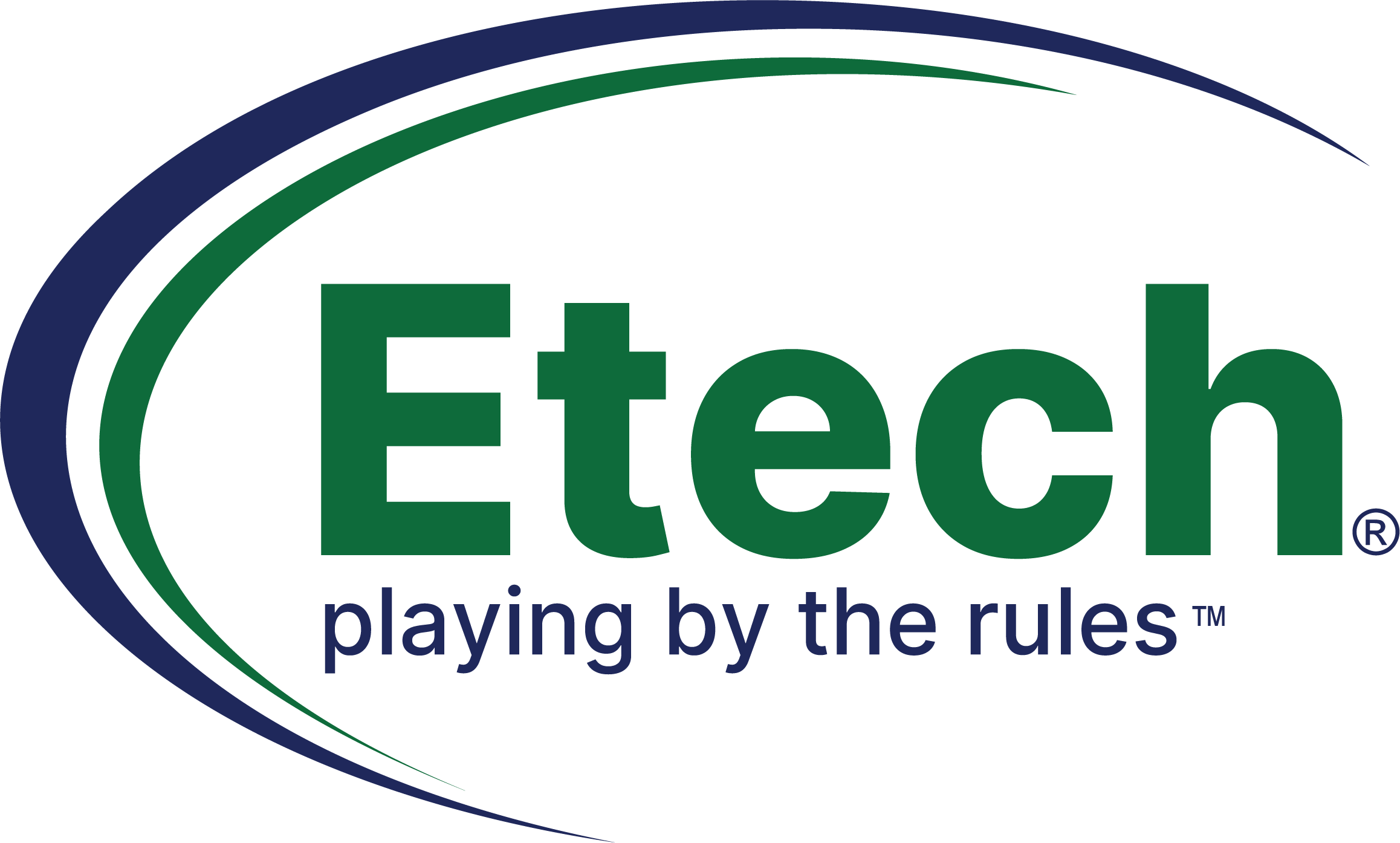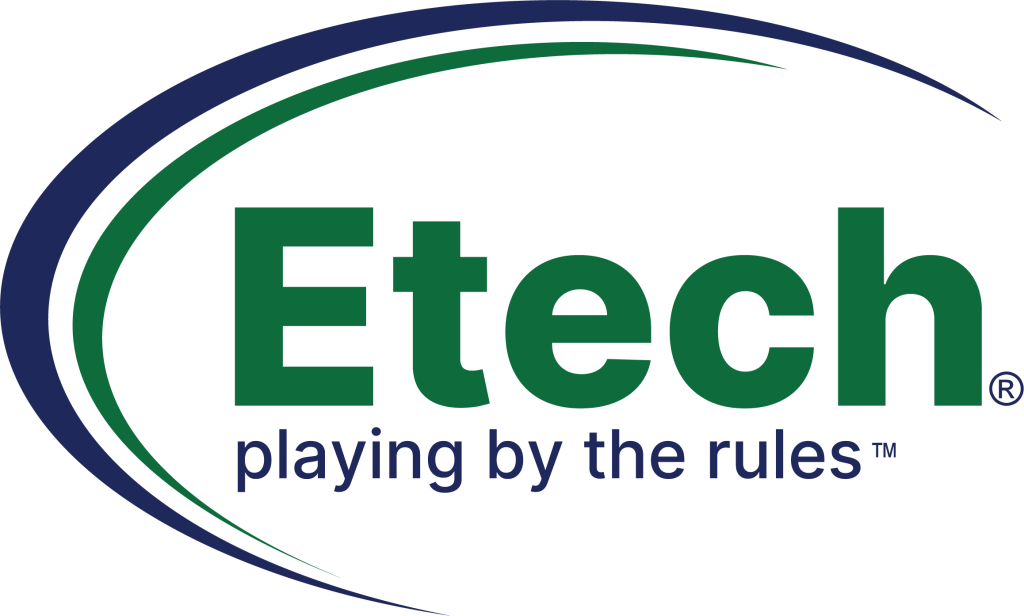What are the Best Customer Experience Trends Your Brand Needs to Watch for in 2021?
We have already passed the first quarter of 2021 and if your brand has not yet started preparing for your customers’ changing expectations in the New Year, you are missing the boat!


